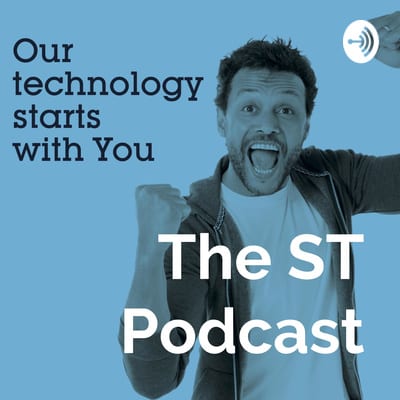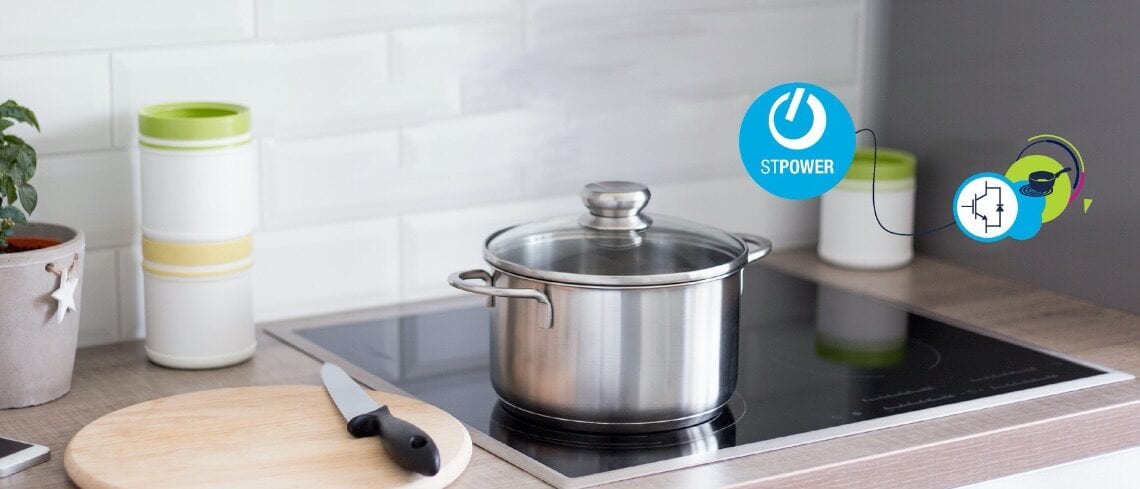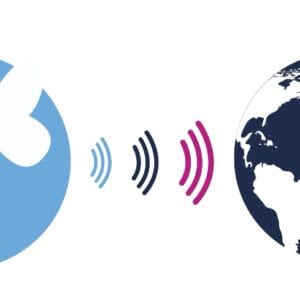Designing a circuit with insulated gate bipolar transistors (IGBT) can be quite complex, which is why we are holding a webinar on October 16 to explore the various ST devices that offer the best trade-off for many of the applications professionals face today. Failing to choose the right device can have catastrophic effects on a design, but finding the right IGBT component is often about finding the best compromise between the saturation voltage and the turn-off energy. Traditionally, a low saturation voltage means an increase in turn-off energy, which leads the device to work properly at low frequencies. Inversely, a component that must operate in high frequencies often demonstrates a very low turn-off every, despite the high saturation voltage. The webinar will thus walk attendees through the thought process that will enable them to find the best compromise for their application.
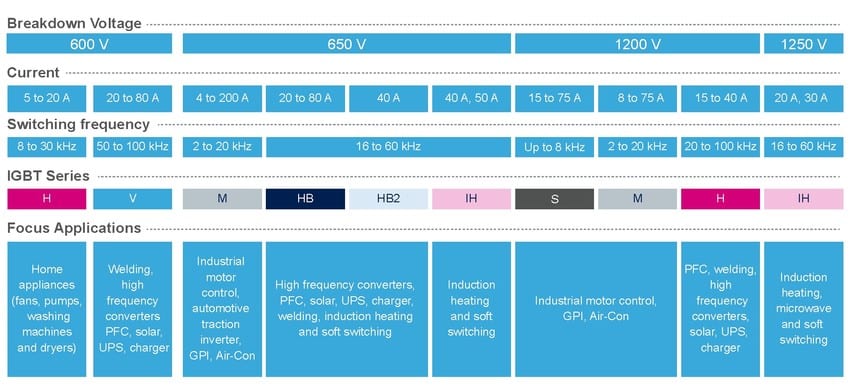
Put simply, an insulated gate bipolar transistor is the marriage between a bipolar junction transistor (BJT) and MOSFET, which explains why it offers high current carrying capabilities of the former and the fast switching speeds of the latter, and why fine-tuning an IGBT device is about prioritizing one of these values over the other. The device itself consists of a Gate, an Emitter, and a Collector. When the voltage between the Gate and the Emitter reaches a particular threshold (VGEth), the supports current conduction between the Collector and the Emitter. Since 2012, ST offers Trench-Gate Field-Stop (TFS) IGBTs, which ensure a better control of the static and dynamic behaviors, lower conduction and switching losses, increase robustness as well as reliability and reduce the wafer thickness, thus guaranteeing a reduction in thermal resistance.
HB2 IGBT: What Welding Teaches Us About Choosing the Right Component
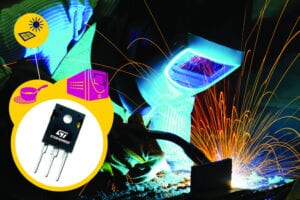
We have a lot of different IGBT series, but the webinar will first focus on our 650 V HB2 high-speed devices (16 kHz to 60 kHz), which targets explicitly welding applications, as well as other designs that require high-frequency converters, among others. One of our Application Notes shows a significant reduction in power losses when used in the two-switch forward converter of a 3 kW welding machine, compared to an older HB IGBT device. The presenters will offer even more details and tests to help attendees see, with concrete and reliable numbers, how the HB2 series improves on the previous generation of IGBT devices thanks to a lower saturation voltage, a lower gate charge, and even lower turn-off losses, thus offering significant improvements across the board.
The presenters will also introduce benchmarks showing how the HB2 devices fare against the competition in an DC/AC converter in full-bridge topology. This case is particularly interesting because the numbers show that the total losses are far lower and the device is 5 ºC cooler, which will launch an interesting debate into the various characteristics that engineers must consider to assess their system’s performance better. Too often, teams focus on a very narrow set of values to only find that the device they chose doesn’t perform as well as they expected, which can significantly delay prototyping and operations.
IH IGBT: What Induction Heating Teaches Us About Data Sheets
Another major series of our IGBT family is the 650 V IH devices (20 kHz to 60 kHz). They work well in induction heating applications thanks to a low saturation voltage and a low thermal resistance. Our teams were able to reduce the wafer thickness and turn-off losses to offer optimal performances in half-bridge topologies and other soft switching applications. The webinar will show how IH devices behave in comparison to the competition, especially when designing induction heating systems. The presenters will also show the advantages that come from using the new generation of devices and the technical characteristics engineers should look for. We encourage people interested in the webinar to look at our IGBT datasheet tutorial to prepare for the talk and get the most out of the material that we will cover during the event.
V IGBT: What Hybrid IGBT Devices Tell Us About the Future
Another focus of the webinar will be our hybrid 60 A V-series IGBT with Silicon Carbide (SiC) co-packed diodes, which offer an optimum compromise between performance, thanks to the no-reverse recovery of the SiC co-packed diode, and a more cost-effective structure than a SiC MOSFET. We will even have tests showing the capabilities of these IGBT devices with SiC diodes to demonstrate that unlike traditional insulated gate bipolar transistors, our hybrid devices perform better at frequencies higher than 60 kHz, offering significant improvements to the overall efficiency of high-frequency converters. As design teams may not yet be familiar with these hybrid devices, the webinar will serve as a great introduction and a look into the future of IGBT components.
STPACKTM and ACEPACKTM SMIT: What Can We Expect from New Packages?
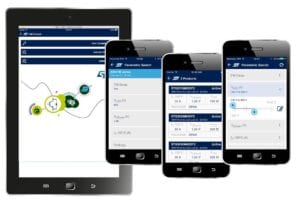
Finally, the webinar will also showcase a preview of two upcoming packages: STPACK and ACEPACKSMIT. They will target the automotive and industrial high-end market thanks to improved heat dissipation, performance, and reliability. In the meantime, people interested in the webinar can download the ST-IGBT-FINDER mobile application for iOS and Android to search devices and get immediate access to technical resources, which is a great time-saver when working on a specific design.
